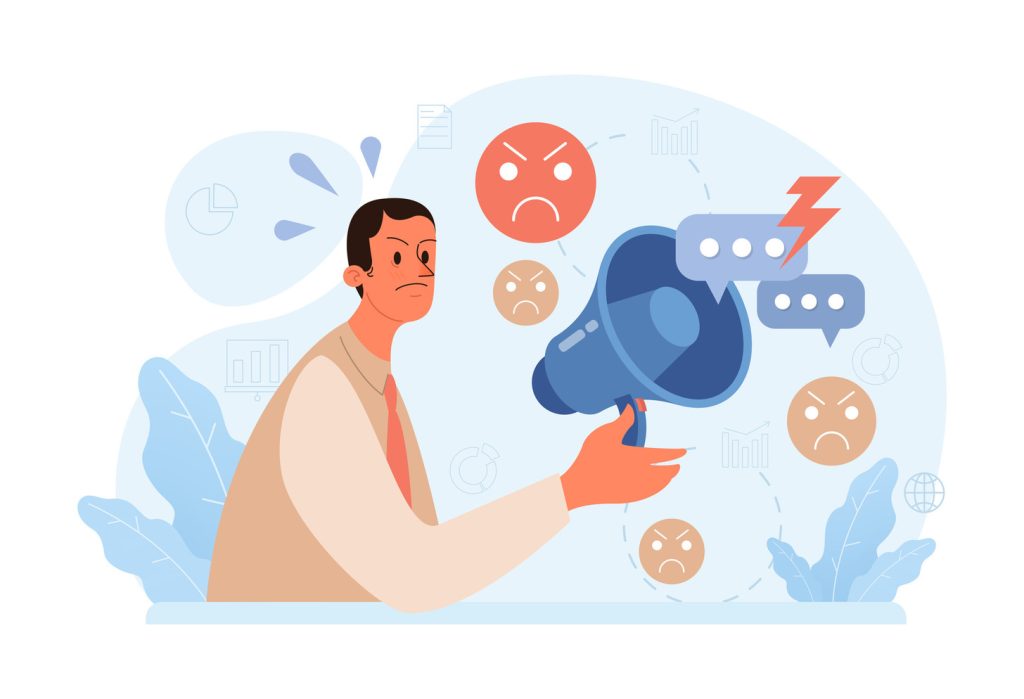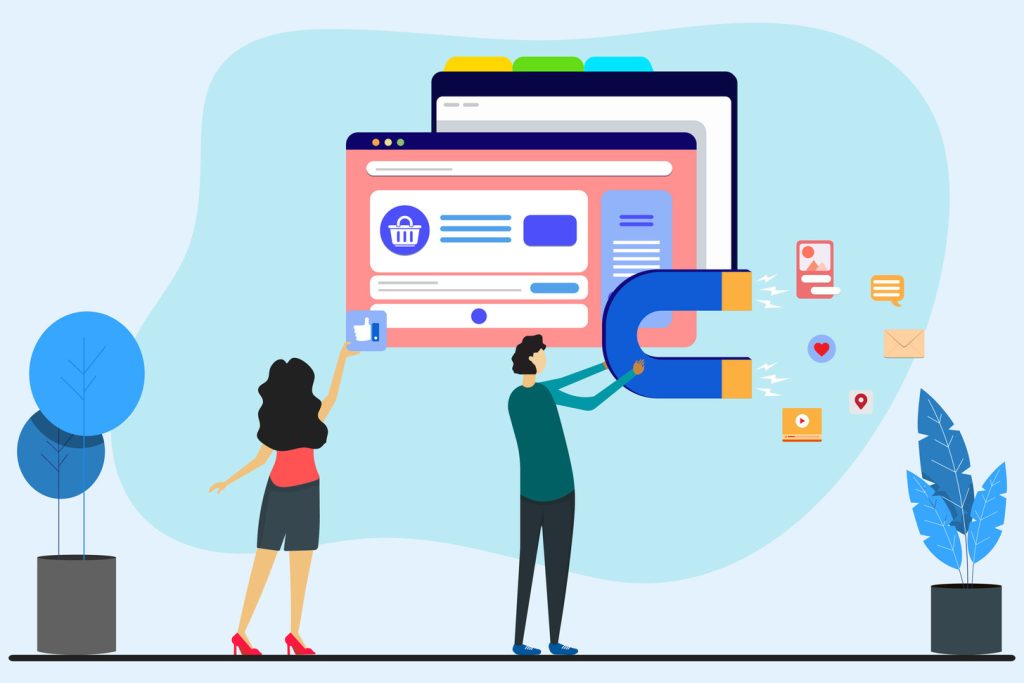Create Lead Magnets Gated By Forms: A Step-by-Step Guide

High-performing businesses thrive by converting casual website traffic into actionable opportunities. At the core of this strategy lies a simple exchange: valuable resources for verified contact details. This mutually beneficial process forms the foundation of modern audience engagement.
Effective digital assets—like whitepapers or industry reports—serve dual purposes. Specifically, they position organizations as trusted experts while systematically growing contact databases. Moreover, marketing teams leverage these tools to identify prospects actively seeking solutions, which ensures higher conversion potential.
The most successful campaigns balance user needs with business objectives. Premium materials require visitors to share basic information through secure forms. This approach filters casual browsers from serious buyers, creating targeted lists for personalized outreach.
Professionals prioritize quality over quantity when developing these resources. A well-crafted checklist or template often outperforms generic e-books. The key lies in addressing specific pain points while demonstrating tangible expertise.
Key Takeaways
- Premium content drives measurable audience growth through strategic information exchanges
- Targeted resources filter casual visitors from genuine sales opportunities
- Secure data collection methods build trust while expanding marketing reach
- High-value materials establish companies as industry thought leaders
- Personalized follow-ups convert captured leads into long-term customers
Introduction to Lead Magnets and Their Importance
Strategic resource exchanges fuel modern audience engagement. Businesses offer expertise-driven materials in return for verified prospect details, forming the backbone of professional relationship-building. These digital assets bridge knowledge gaps while cultivating pipelines of interested contacts.
What Defines Effective Resource Exchanges?
Valuable content offerings act as catalysts for information sharing. They solve immediate challenges while demonstrating organizational expertise. A well-designed template or industry analysis often outperforms generic materials by addressing specific pain points.
Strategic Advantages for Audience Growth
Premium resources deliver measurable results across three key areas:
- Trust cultivation through problem-solving content
- Segmentation capabilities based on downloaded materials
- Higher conversion potential from pre-qualified contacts
Marketers leverage these tools to identify serious buyers early in their research phase. Verified email addresses enable personalized follow-ups that nurture relationships over time. Data collected through secure forms informs targeted campaigns and product development strategies.
Successful implementations balance user value with business objectives. Resources must justify the information request while maintaining brand credibility. This approach builds sustainable pipelines of engaged prospects ready for conversion.
Understanding the Role of Lead Magnets in Demand Generation

Modern marketing strategies thrive when businesses shift from interruption-based tactics to value-driven engagement. High-quality resources bridge the gap between brand awareness and customer action, transforming passive observers into active participants.
Magnetism Through Problem-Solving
Professionals seeking solutions gravitate toward materials that address immediate challenges. A well-designed industry report or workflow template outperforms generic advertising by offering actionable insights. These resources filter casual browsers from serious buyers early in the research phase.
“The best marketing doesn’t feel like marketing—it feels like a hand-delivered solution.”
Credibility Through Expertise
Decision-makers evaluate brands based on demonstrated knowledge. Case studies showing measurable results or checklists streamlining complex processes establish organizational competence. This approach builds rapport while nurturing long-term relationships.
| Traditional Advertising | Resource-Based Engagement |
|---|---|
| Interrupts user experience | Solves existing problems |
| Generic messaging | Personalized value |
| Short-term impact | Lasting brand perception |
Data shows companies using targeted resources see 47% higher lead conversion rates. These materials prime prospects for sales conversations by demonstrating expertise before pitching services. The strategy aligns with how modern buyers research solutions—seeking trusted advisors rather than vendors. By leveraging these targeted resources, companies can establish themselves as thought leaders in their industry, fostering a sense of trust and loyalty among potential clients. This approach not only enhances the effectiveness of current sales efforts but also revitalizes lead capture strategies from history, adapting them to meet the expectations of today’s informed consumers. Ultimately, this evolution in marketing tactics ensures sustained engagement and long-term business growth.
Identifying Your Audience’s Pain Points and Needs

Understanding audience challenges separates effective strategies from generic outreach. Organizations that decode specific frustrations gain clearer paths to engagement. Three data streams reveal critical patterns: frontline team feedback, behavioral analytics, and direct customer input.
Mining Internal Expertise
Sales teams provide unfiltered pain point intelligence from prospect interactions. They track recurring objections and incomplete solutions during negotiations. Customer service logs reveal operational hurdles users face post-purchase.
| Data Source | Key Insights | Actionable Outcomes |
|---|---|---|
| Sales Team | Pre-purchase concerns | Content addressing decision barriers |
| Customer Service | Usage challenges | Process improvement opportunities |
| Analytics Tools | Feature engagement | Resource prioritization |
Decoding Digital Behavior Patterns
Platform analytics expose hidden struggles through feature usage rates. High drop-off points in workflows indicate unresolved pain points. Heatmaps showing repeated button clicks suggest interface confusion.
Social listening tools track industry-specific discussions. Forum threads and review platforms highlight unmet needs competitors overlook. This audience intelligence shapes resources that solve tangible problems.
Combined data streams create accurate challenge profiles. Organizations then prioritize solutions matching their expertise. This strategic alignment builds trust while delivering measurable value.
Defining Targeting Goals for Optimal Lead Magnet Success
Precision targeting transforms generic outreach into measurable results. Organizations achieve higher conversion rates when matching resources to audience needs at specific funnel stages. This strategic alignment ensures materials resonate with prospects’ immediate priorities.
Behavior-Based and Demographic Targeting Strategies
Data-driven approaches outperform guesswork in resource allocation. Behavior tracking identifies engaged visitors through page views and download patterns. For example, frequent blog readers often seek awareness-stage guides, while pricing page visitors may need decision-stage comparisons.
Demographic filters refine outreach further. A CFO requires different insights than a marketing director. Tailoring templates by job role or industry increases perceived value. Combined strategies create layered targeting that adapts to evolving prospect needs.
| Targeting Type | Key Indicators | Resource Match |
|---|---|---|
| Behavioral | Content downloads, page duration | Advanced guides |
| Demographic | Job title, company size | Role-specific templates |
| Interest-Based | Search queries, social interactions | Niche case studies |
Aligning Lead Magnets with Buyer’s Journey Stages
Different funnel phases demand distinct content formats. New prospects benefit from educational checklists, while repeat visitors seek vendor comparisons. This progression mirrors natural research patterns, building trust incrementally.
Consider these alignment principles:
- Awareness stage: Industry reports addressing common challenges
- Consideration phase: Toolkits evaluating solution options
- Decision point: ROI calculators justifying purchases
Continuous refinement sharpens targeting accuracy. A/B testing different formats reveals which resources convert best at each stage. This optimization cycle turns casual visitors into qualified leads systematically.
Creating and Designing Engaging Lead Magnet Content

Strategic content development bridges audience needs with organizational expertise. Professionals craft materials that solve specific challenges while maintaining visual cohesion. This dual focus builds credibility and drives meaningful engagement.
Core Principles for Content Architecture
Top-performing resources follow three structural rules:
- Problem-centered frameworks addressing measurable outcomes
- Data-backed validation through industry research and success stories
- Modular formats allowing immediate implementation
A cybersecurity firm increased conversions by 62% using threat assessment templates. Their step-by-step guides helped IT teams prioritize vulnerabilities while showcasing the company’s technical depth.
Visual Identity Integration Techniques
Consistent branding elevates content perception. Marketing teams align color schemes with existing assets while maintaining readability. Font pairings should reflect organizational personality—modern sans-serifs for tech firms, traditional serifs for financial services.
| Design Element | Impact Metric |
|---|---|
| Color consistency | 34% higher recall |
| Custom illustrations | 28% longer engagement |
| Interactive components | 41% more shares |
Regular content audits ensure materials stay relevant. Quarterly reviews identify outdated statistics or shifting industry standards. This proactive approach maintains resource value while reinforcing market leadership.
Create Lead Magnets Gated By Forms for Effective Lead Capture
Businesses convert 32% more visitors when premium materials require basic contact details. This exchange builds relationships while filtering serious buyers from casual browsers. Effective implementations focus on mutual benefit—solving immediate challenges for prospects while expanding organizational reach.
Premium Content Integration Tactics
High-value resources demand strategic placement within conversion paths. Marketing teams embed downloadable assets behind minimal data requests, typically capturing email addresses and job roles. Clear previews of materials increase completion rates by 41% compared to generic offers.
“The most effective gates feel like concierge service, not toll booths.”
| Form Approach | Completion Rate | Lead Quality |
|---|---|---|
| Minimal Fields (2-3) | 58% | Medium |
| Progressive Profiling | 47% | High |
| Comprehensive Data | 22% | Premium |
Optimizing Value Perception
Conversion-focused designs maintain momentum through visual cues and clear expectations. Arrows pointing toward download buttons increase clicks by 29%. Benefit-focused headings outperform generic titles by 3:1 in A/B tests.
Three essential balance principles:
- Match resource depth to requested contact information
- Use auto-fill technology for common fields
- Provide immediate access post-submission
Regular testing identifies optimal field combinations. Many organizations find phone number requests decrease conversions by 18%, while company size fields boost sales qualification accuracy. This data-driven approach ensures value exchange remains equitable for both parties.
Building an Optimized Lead Magnet Landing Page

Conversion-focused landing pages turn casual clicks into measurable business growth. These dedicated environments eliminate distractions, focusing entirely on the value exchange between brands and prospects. Every element works together to guide visitors toward taking specific actions while reinforcing organizational credibility.
Crafting Compelling Headlines and CTAs
Powerful headlines answer one critical question: “What’s in it for me?” Top-performing examples use action verbs like “Discover” or “Transform” paired with tangible outcomes. A/B testing reveals variations mentioning time savings convert 23% better than generic alternatives.
Clear calls-to-action maintain momentum with directive language. Phrases like “Download Your Guide Now” outperform passive requests. Strategic color contrasts between buttons and backgrounds increase visibility by 41%.
Designing a User-Friendly Experience
Mobile-responsive layouts ensure seamless access across devices. Simplified navigation removes unnecessary steps, reducing form abandonment by 19%. Fast-loading pages (
Trust indicators like security badges increase submission rates by 34%. Visual previews of resources reassure prospects about content quality. Persistent progress bars help users track completion steps, improving conversion consistency.

